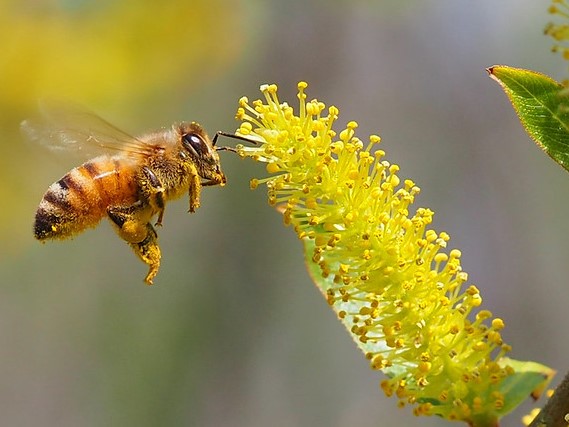Insect pollinators have complex life cycle stages that are synchronized with seasonal changes in native habitats. Asynchronicity between insect life stages and plant phenology can lead to novel ecosystem dynamics, therefore, changes in phenology and physiology of pollinators can be a good indicator of the impacts of climate change.

There are 7 protocols that are used to monitor the indicator: Phenology/Physiology of Pollinators. The first three studies on the list below are the most common methods of monitoring in the Northeast region.
The impacts of climate indicators can be measured using different ecological metrics of quantification. The metrics used in a study can affect how it is designed and the questions that it can answer. The information below shows the types of metrics and number of associated protocols that are captured by the data represented in this project.